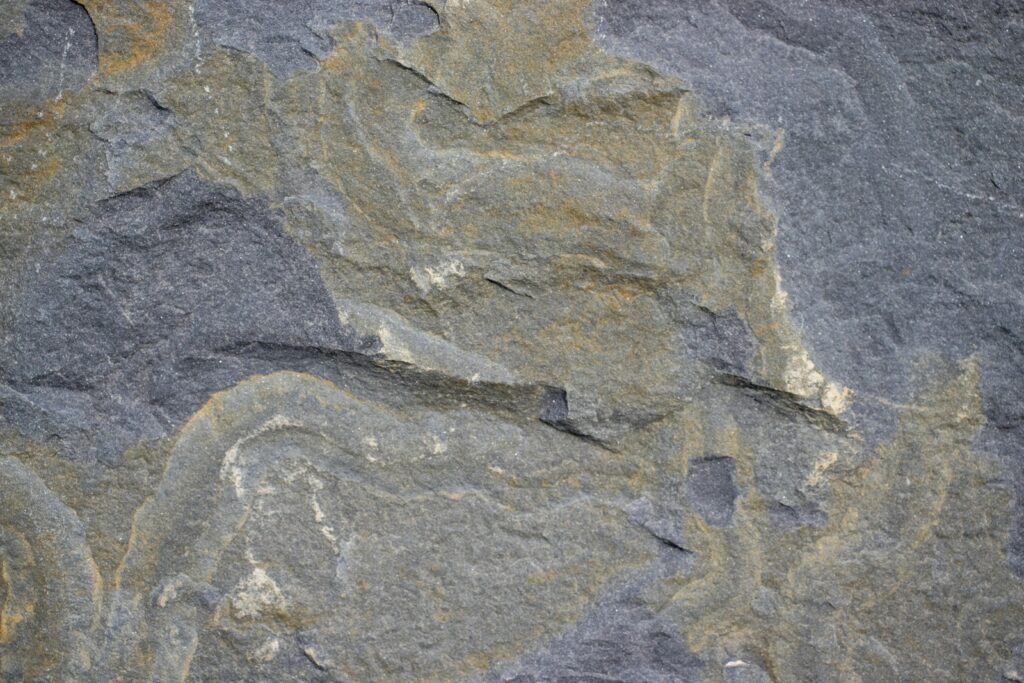In the vast expanse of prehistoric Texas, a giant once roamed the landscape during the twilight of the dinosaur era. Alamosaurus sanjuanensis, North America’s last giant sauropod, represents a fascinating chapter in paleontological history that connects the Lone Star State to the wider world of titanosaurs. This remarkable dinosaur, which lived approximately 70-66 million years ago during the Late Cretaceous period, has become an iconic symbol of Texas’s prehistoric past. Despite being discovered nearly a century ago, Alamosaurus continues to yield new insights into dinosaur evolution, migration patterns, and the unique ecosystems of ancient North America. As we explore this magnificent creature, we’ll uncover how this Texas titan earned its place among the most impressive dinosaurs ever to walk the Earth.
The Discovery and Naming of Alamosaurus

The story of Alamosaurus begins in 1922, when paleontologist Charles Whitney Gilmore discovered fragmentary remains in the Ojo Alamo Formation of New Mexico. The genus name “Alamosaurus” refers to the Ojo Alamo Formation where it was first found, while the species name “sanjuanensis” honors San Juan County, New Mexico. Despite this New Mexico connection, subsequent and more complete discoveries in Texas have firmly established Alamosaurus as an iconic Texas dinosaur. Initially, scientists had only vertebrae, shoulder blades, and hip bones to work with, making early reconstructions challenging. Over decades, additional specimens from Big Bend National Park and other Texas locations have significantly enhanced our understanding of this titanosaur’s anatomy. The discovery journey of Alamosaurus illustrates how paleontology often progresses through incremental findings that gradually complete our picture of ancient life.
Size and Physical Characteristics
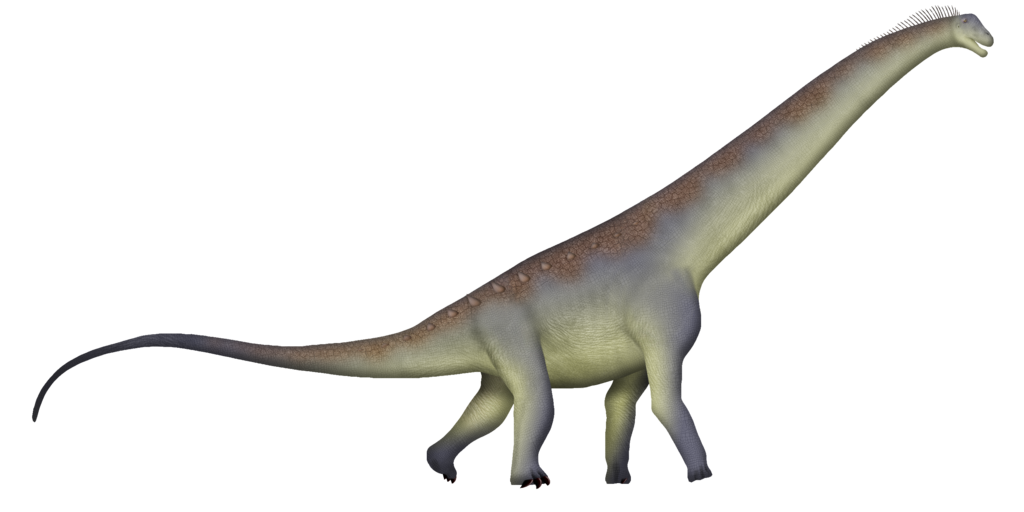
Alamosaurus was a true giant by any standard, with adults estimated to have reached lengths of 70-80 feet and heights of over 30 feet at the shoulder. Weight estimates suggest these behemoths may have tipped the scales at 30-35 tons, making them among the largest land animals ever to inhabit North America. Like other titanosaurs, Alamosaurus possessed a small head perched at the end of an elongated neck, a robust barrel-shaped body, and a long, tapering tail. Its legs were columnar and massive, supporting its tremendous weight much like modern elephants. Paleontologists have identified distinctive features in its vertebrae, which include complex internal air spaces that lightened the skeleton while maintaining structural integrity. Unlike some other sauropods, Alamosaurus lacked defensive spines or osteoderms (bony armor plates) embedded in its skin, relying instead on its sheer size as protection against predators.
Taxonomic Classification and Evolutionary History
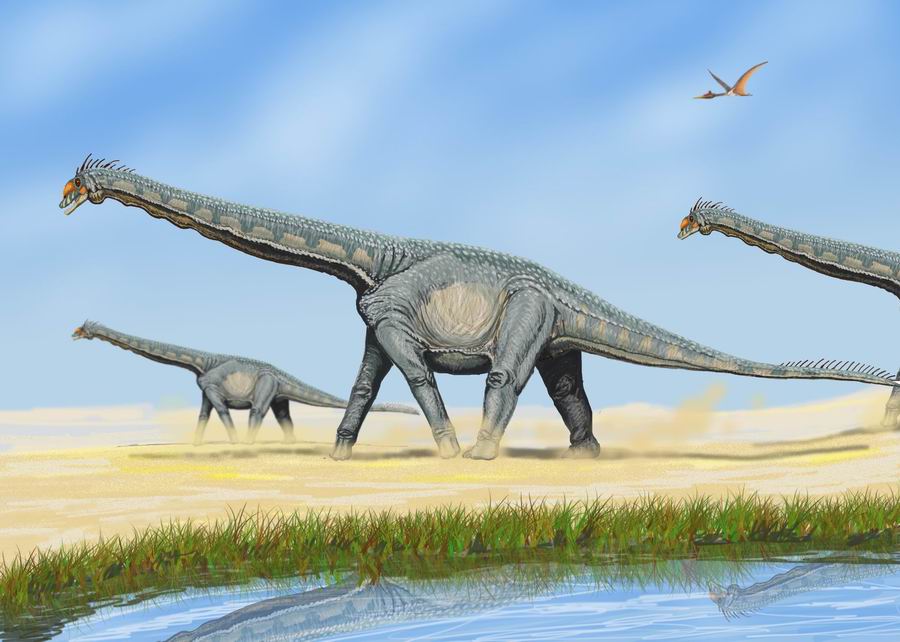
Alamosaurus belongs to the family Saltasauridae within the broader clade Titanosauria, itself part of the larger group Sauropoda. This classification places it among the most advanced sauropod dinosaurs, representing the culmination of over 150 million years of sauropod evolution. Titanosaurs as a group emerged during the Early Cretaceous period and achieved remarkable diversity, particularly in the southern continents. The presence of Alamosaurus in North America during the Late Cretaceous presents an intriguing biogeographical puzzle, as most other North American sauropods had disappeared millions of years earlier. This has led paleontologists to hypothesize that Alamosaurus or its immediate ancestors may have migrated from South America, where titanosaurs remained abundant. Genetic studies of titanosaur relationships continue to refine our understanding of where Alamosaurus fits in the dinosaur family tree, with recent analyses suggesting close affinities with South American forms like Neuquensaurus and Saltasaurus.
The Texas Paleoenvironment
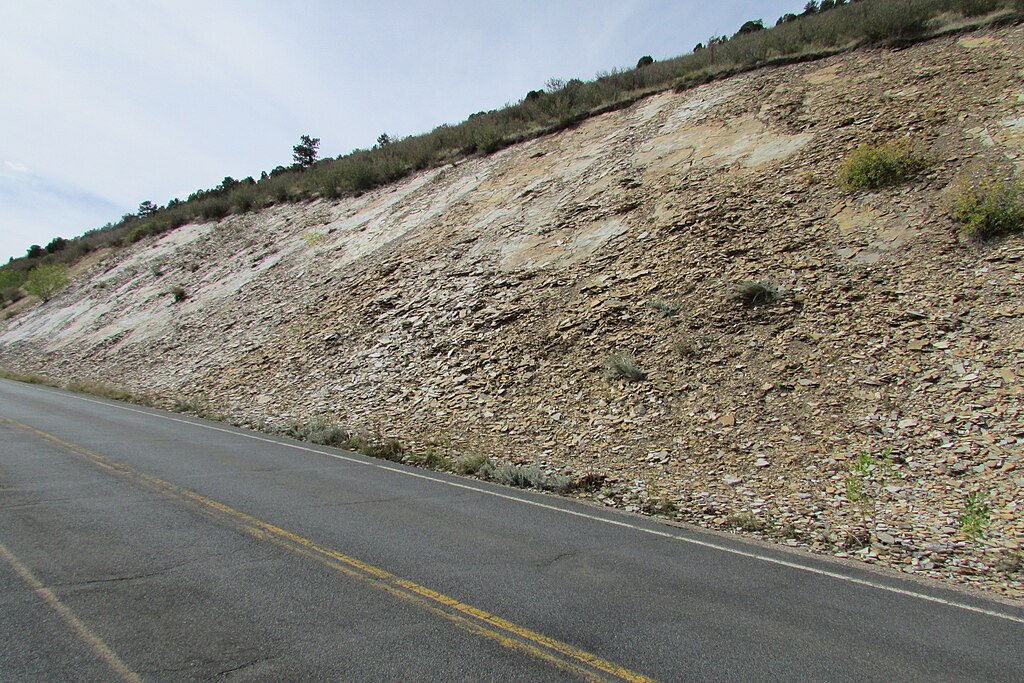
During the Late Cretaceous when Alamosaurus thrived, Texas looked dramatically different than it does today. The landscape featured extensive coastal plains and deltas bordering the Western Interior Seaway, a vast inland sea that divided North America. The climate was considerably warmer and more uniform than today’s, with subtropical conditions extending much farther north. Fossil plant evidence indicates that the vegetation consisted of a mix of conifers, early flowering plants, ferns, and cycads that would have provided abundant forage for massive herbivores. Rivers meandered across these plains, creating rich riparian zones that would have been particularly attractive to large dinosaurs. Sedimentological evidence from fossil-bearing formations suggests that Alamosaurus inhabited seasonally dry environments with periodic flooding. The West Texas region, particularly what is now Big Bend National Park, preserves some of the most extensive Alamosaurus-bearing deposits, providing a window into this ancient ecosystem where these giants once dominated.
Diet and Feeding Strategies
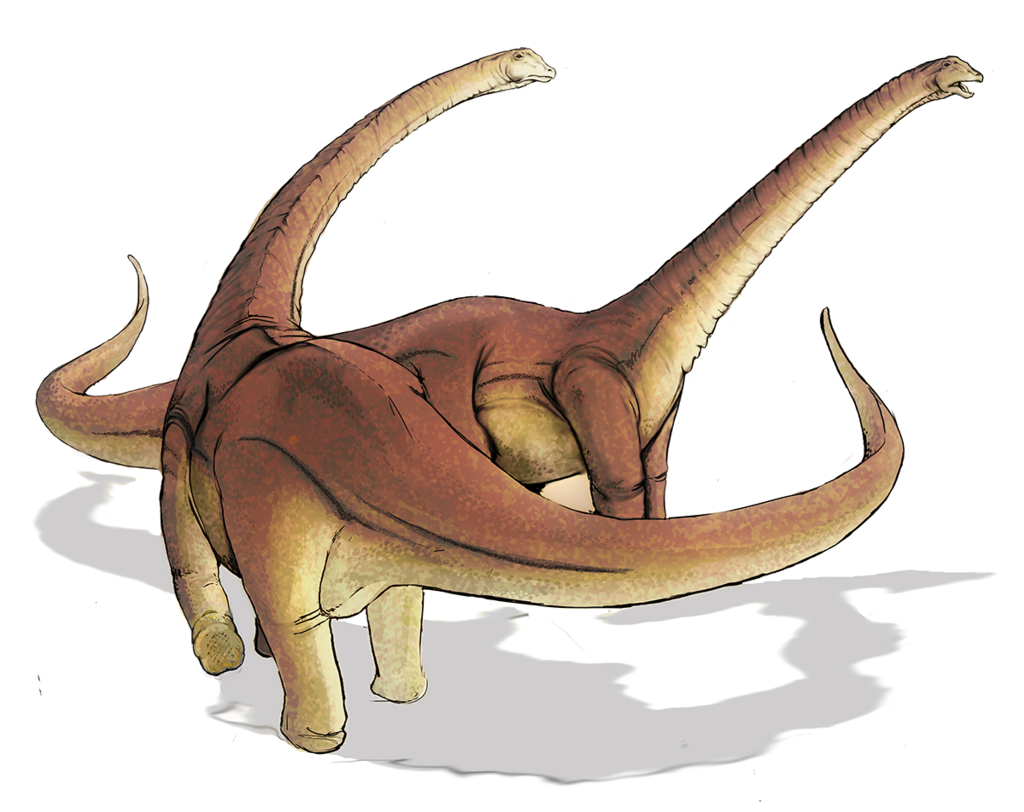
As a titanosaur, Alamosaurus was an obligate herbivore with a specialized digestive system capable of processing massive quantities of plant matter. Its peg-like teeth were adapted for stripping vegetation rather than chewing, suggesting that, like other sauropods, it likely swallowed plant material whole to be processed by gastroliths (stomach stones) and fermentation in its enormous gut. Based on the available vegetation in its environment, Alamosaurus likely consumed a variety of conifers, cycads, ferns, and early flowering plants. Its immense height would have allowed it to reach foliage inaccessible to other herbivorous dinosaurs, reducing competition for food resources. Energy requirements for such a massive animal would have been substantial, with adults potentially consuming hundreds of pounds of vegetation daily. The feeding ecology of Alamosaurus represents an extreme adaptation for herbivory that has no exact parallel among modern animals, though elephants provide some basis for comparison.
Growth and Life History
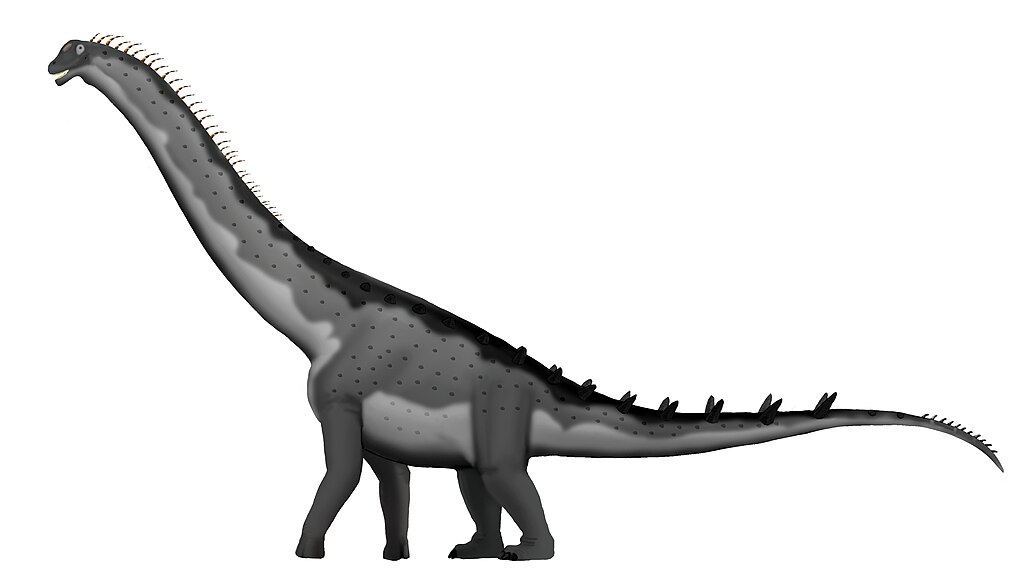
Studies of Alamosaurus bone microstructure have provided fascinating insights into how these giants grew throughout their lives. Like other sauropods, Alamosaurus exhibited rapid growth during its early years, potentially growing several feet annually during its juvenile phase. This rapid growth strategy would have helped young individuals quickly reach a size where they became less vulnerable to predation by the large theropods that shared their habitat. Bone histology (the study of bone tissues) reveals that Alamosaurus continued growing throughout much of its life, though growth slowed considerably after sexual maturity. Paleontologists estimate that these dinosaurs may have lived 70-80 years or possibly longer, making them among the longest-lived dinosaurs. The discovery of both juvenile and adult specimens in Texas has allowed scientists to reconstruct growth series, showing how body proportions changed as these animals matured from relatively small hatchlings to enormous adults.
Unique Adaptations of Alamosaurus
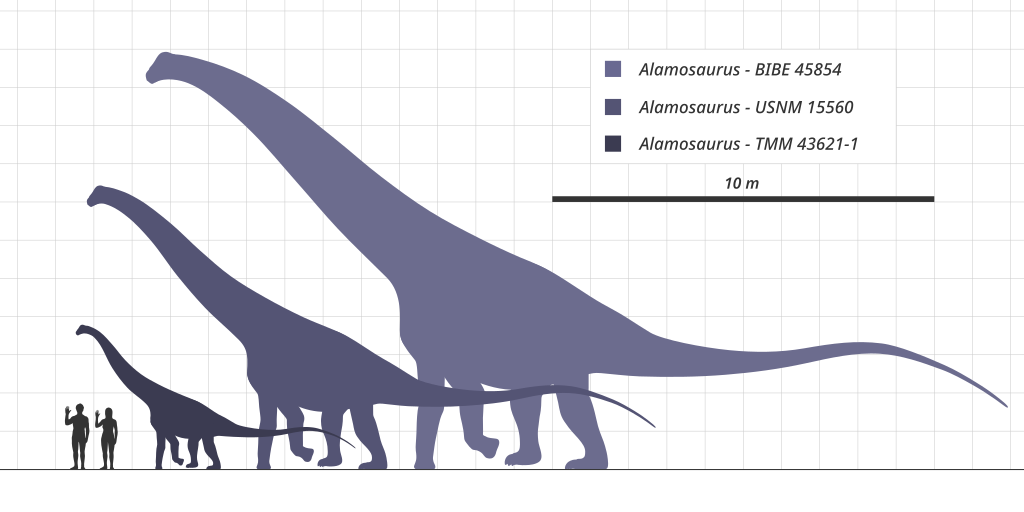
Alamosaurus possessed several specialized adaptations that helped it thrive as a mega-herbivore in the Late Cretaceous ecosystems of Texas. Its vertebrae contained complex networks of air sacs connected to the respiratory system, a feature called pneumaticity, which significantly lightened the skeleton while maintaining strength. This adaptation, evolved to an extreme degree in titanosaurs, made carrying such a long neck biomechanically possible. The structure of its limbs, with straight, columnar legs positioned directly under the body, represented an optimal engineering solution for supporting massive weight. Detailed analysis of its shoulder and hip structure reveals muscle attachment sites that indicate powerful locomotion despite its size. The broad, spatulate teeth of Alamosaurus were continuously replaced throughout life, allowing for constant feeding without interruption for dental wear. These adaptations collectively represent millions of years of evolutionary refinement, resulting in one of the most successful herbivore body plans in dinosaur history.
Alamosaurus and Its Ecosystem Relationships

Alamosaurus did not exist in isolation but was integrated into a complex Late Cretaceous ecosystem alongside numerous other dinosaur species. Fossil evidence from the same formations has revealed that Alamosaurus shared its habitat with the famous Tyrannosaurus rex, which likely represented one of the few threats to adult specimens. Other dinosaurs in this ecosystem included the three-horned Torosaurus, armored ankylosaurs, hadrosaurs (duck-billed dinosaurs), and smaller predatory theropods. As a mega-herbivore, Alamosaurus would have influenced vegetation patterns through its intensive browsing, potentially altering forest structure and composition. Its massive size would have made adult Alamosaurus virtually immune to predation, though juveniles would have been vulnerable. The titanosaur’s enormous size also meant that, upon death, an Alamosaurus carcass would have provided a massive nutrient pulse to the local ecosystem, supporting scavengers and decomposers for extended periods. These ecological interactions demonstrate how Alamosaurus functioned as a keystone species in its ancient Texan habitat.
Migration Patterns and Geographic Range

The distribution of Alamosaurus fossils across the American Southwest suggests that these titanosaurs may have engaged in seasonal migrations in response to changing resource availability. Fossil evidence places Alamosaurus not only in Texas but also in New Mexico and Utah, indicating a substantial geographic range. Paleontologists have hypothesized that these massive herbivores might have followed seasonal rainfall patterns, moving to exploit freshly growing vegetation. The energy demands of such a large animal would have necessitated constant access to abundant plant material, potentially driving migratory behavior. Some evidence suggests that different age groups may have segregated, with breeding adults occupying different habitats than juvenile groups. The absence of Alamosaurus fossils in northern formations suggests climate limitations to its range, with the titanosaur preferring the warmer southern regions of what is now the United States. These geographic patterns provide important context for understanding how Alamosaurus populations were distributed across the landscape during the final chapter of dinosaur evolution.
Reproduction and Population Dynamics
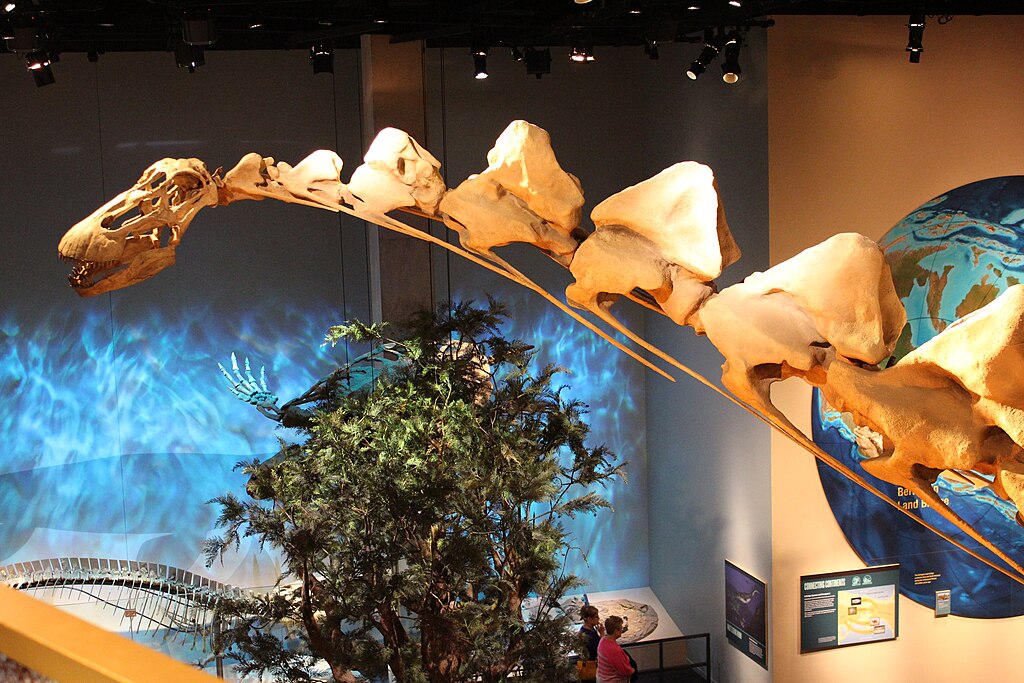
While direct evidence of Alamosaurus reproductive behavior remains elusive, comparisons with other titanosaurs provide reasonable inferences about how these Texas giants reproduced. Like other sauropods, Alamosaurus likely laid eggs in colonial nesting grounds, with females potentially laying dozens of eggs in multiple nests. The eggs would have been relatively small compared to the adult’s size, approximately the size of a volleyball, with porous shells that allowed gas exchange during incubation. Based on evidence from other titanosaurs, hatchling Alamosaurus would have been highly precocial, capable of independent movement and feeding shortly after hatching, with minimal parental care. Population studies suggest that, like modern megaherbivores such as elephants, Alamosaurus populations would have been characterized by low reproductive rates balanced by low adult mortality. This reproductive strategy, focusing on producing relatively few offspring with good survival prospects rather than numerous vulnerable offspring, represents a classic K-selected life history pattern typical of very large animals.
Alamosaurus and the End-Cretaceous Extinction
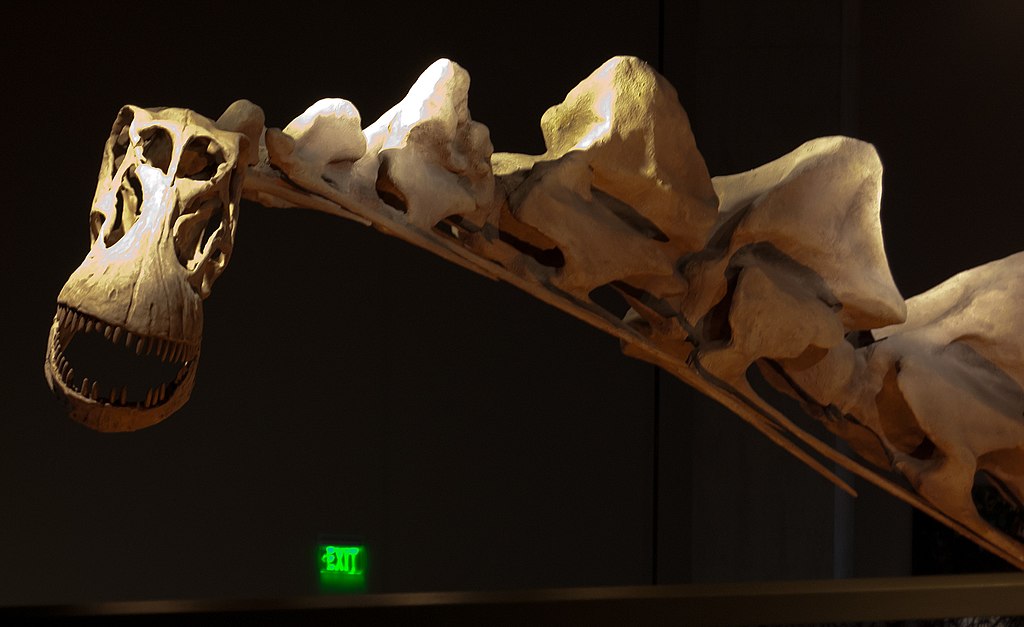
Alamosaurus holds the distinction of being among the last non-avian dinosaurs to walk the Earth, living right up to the catastrophic end-Cretaceous extinction event approximately 66 million years ago. This titanosaur survived until the very end of the Cretaceous period, with fossils found in formations that directly underlie the K-Pg boundary layer containing iridium from the asteroid impact. The presence of Alamosaurus in these terminal Cretaceous ecosystems indicates that titanosaur populations were still robust and not in decline prior to the sudden extinction event. This contradicts earlier hypotheses that dinosaurs were already dying out before the asteroid impact. The extinction of Alamosaurus, along with all other non-avian dinosaurs, represented the end of a 165-million-year evolutionary dynasty and opened ecological niches that would eventually be filled by mammals. Had the asteroid not struck, Alamosaurus might have continued evolving in North American ecosystems, potentially giving rise to new titanosaur lineages adapted to the changing Cenozoic landscapes.
Major Fossil Discoveries in Texas
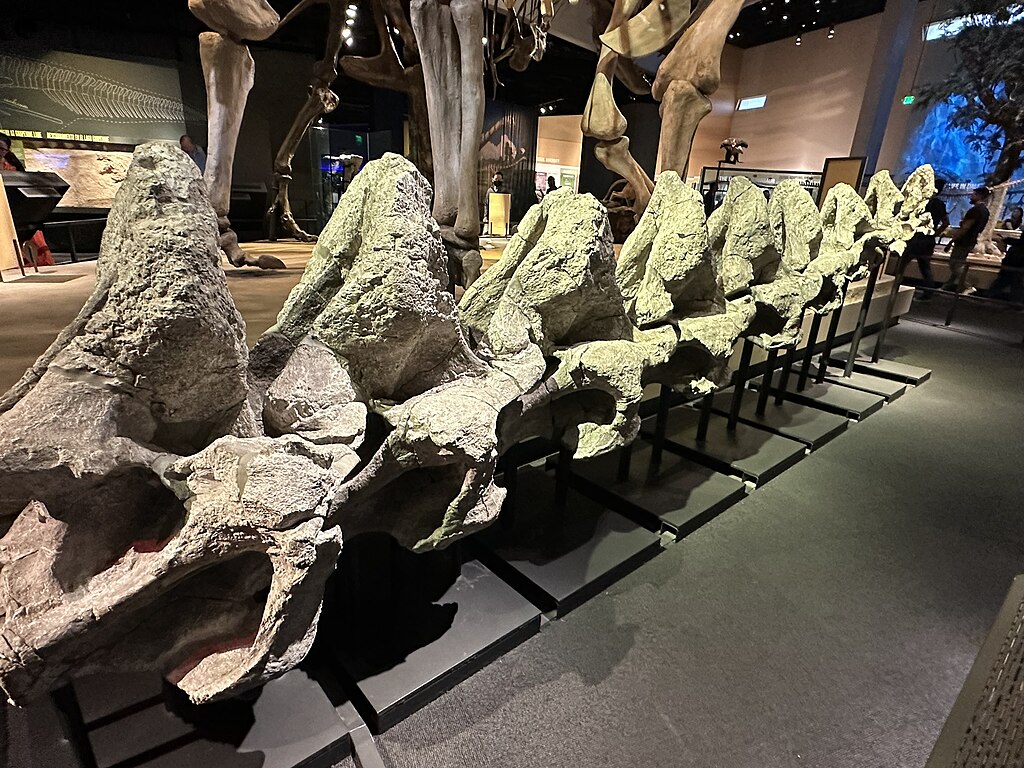
Texas boasts several significant Alamosaurus discoveries that have substantially enhanced our understanding of this magnificent dinosaur. The Big Bend region has yielded particularly important specimens, including a partial skeleton discovered in 1999 that included vertebrae, ribs, and limb elements from an individual estimated to be among the largest dinosaurs known from North America. In 2002, paleontologists working in the Javelina Formation of Big Bend National Park uncovered a remarkably preserved shoulder blade (scapula) measuring over six feet in length, providing crucial information about the animal’s size and locomotion. Another landmark discovery came in 2010 when researchers found juvenile Alamosaurus remains that have helped scientists understand growth patterns in these titanosaurs. The Dallas Museum of Nature and Science houses several important Alamosaurus specimens, including vertebrae that show characteristic titanosaurian features. These Texas discoveries have been critical in reconstructing Alamosaurus anatomy and have firmly established the Lone Star State as the primary source of information about North America’s last giant sauropod.
Alamosaurus in Popular Culture and Education
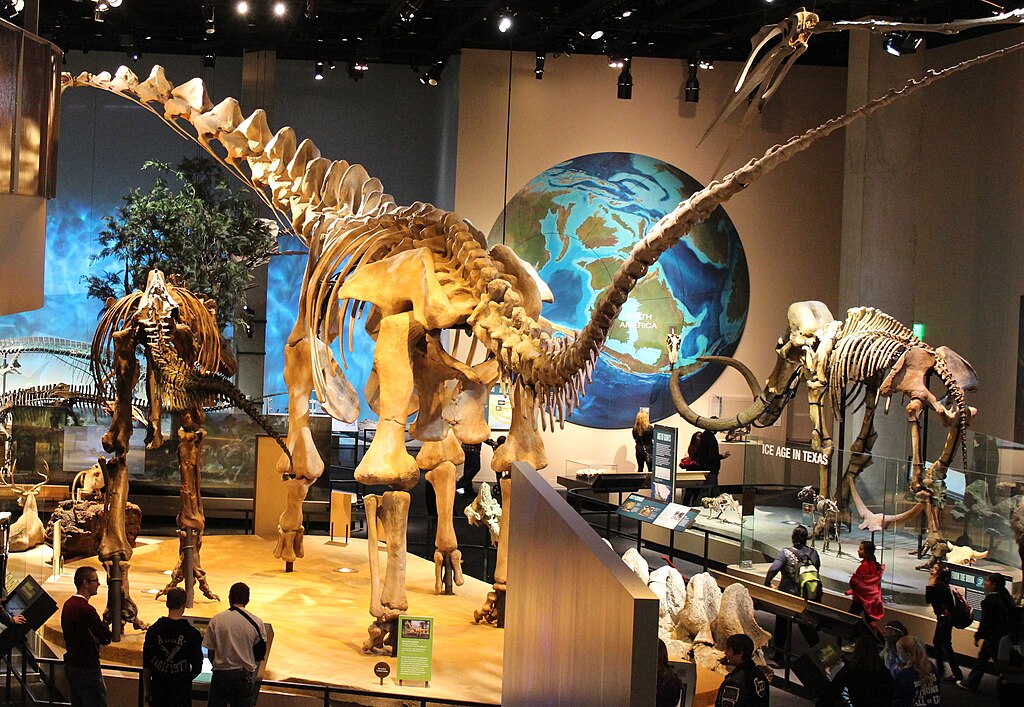
As Texas’s signature dinosaur, Alamosaurus has become an important educational ambassador for paleontology in the Lone Star State. Life-sized models of this titanosaur dominate the dinosaur halls of several Texas museums, including the Perot Museum of Nature and Science in Dallas and the Houston Museum of Natural Science. The dinosaur features prominently in educational programs throughout Texas schools, introducing students to concepts of evolution, adaptation, and extinction through the lens of their local prehistoric heritage. Alamosaurus has appeared in several documentary series about prehistoric life, including specials focused on North American dinosaurs. The Texas titanosaur has inspired artistic reconstructions by renowned paleoartists, who have depicted these giants browsing in ancient Texas landscapes based on the latest scientific evidence. While not as internationally famous as dinosaurs like Tyrannosaurus or Triceratops, Alamosaurus enjoys special prominence in Texas, where it serves as a source of state pride and a gateway to engaging the public with paleontological science.
Current Research and Ongoing Discoveries
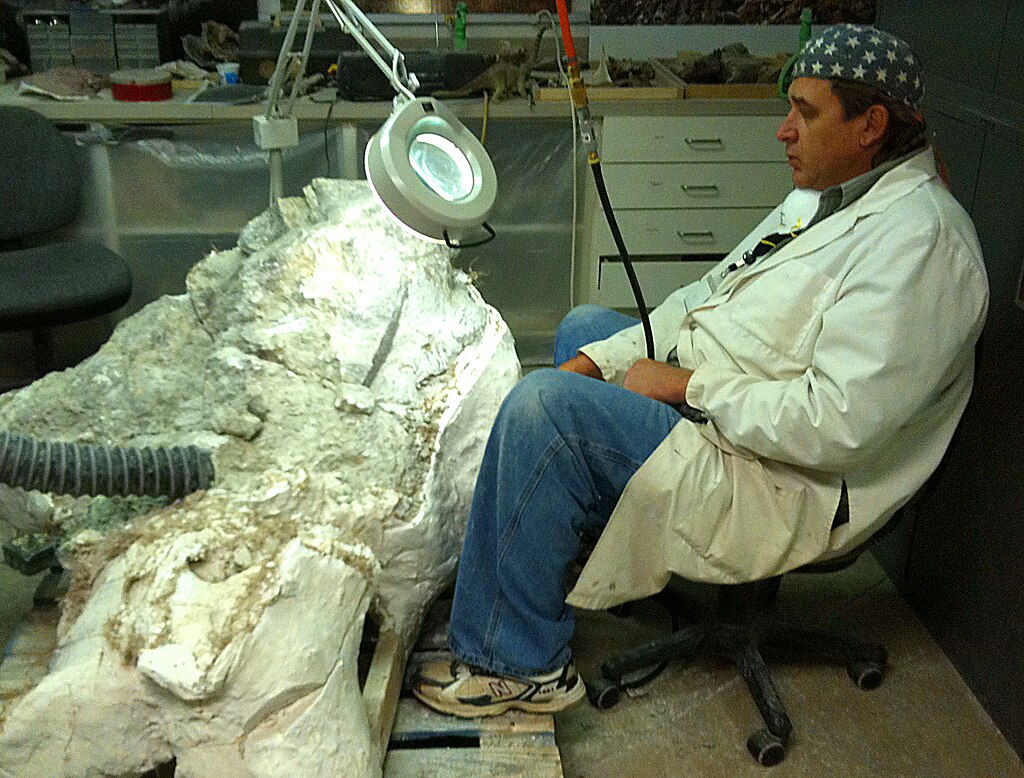
Alamosaurus continues to be a focus of active research, with new discoveries and analytical techniques constantly refining our understanding of this Texas giant. Current paleontological work in the Big Bend region and other parts of Texas occasionally yields new Alamosaurus material that fills gaps in our knowledge of its anatomy. Advanced imaging technologies, including CT scanning of fossils, are revealing internal bone structures that provide insights into how these massive animals supported their weight and moved. Biomechanical modeling using computer simulations has allowed researchers to study how Alamosaurus may have walked, how it held its neck, and the mechanical stresses on its skeleton during various activities. Geochemical analyses of fossil tooth and bone samples are shedding light on Alamosaurus diet and physiology through stable isotope signatures preserved for millions of years. Collaborative research between institutions in Texas, New Mexico, and Utah is working to better understand the geographic distribution and potential subspecies variation across the titanosaur’s range. These ongoing studies ensure that, nearly a century after its initial discovery, Alamosaurus continues to contribute to our evolving understanding of dinosaur biology and evolution.
Conclusion
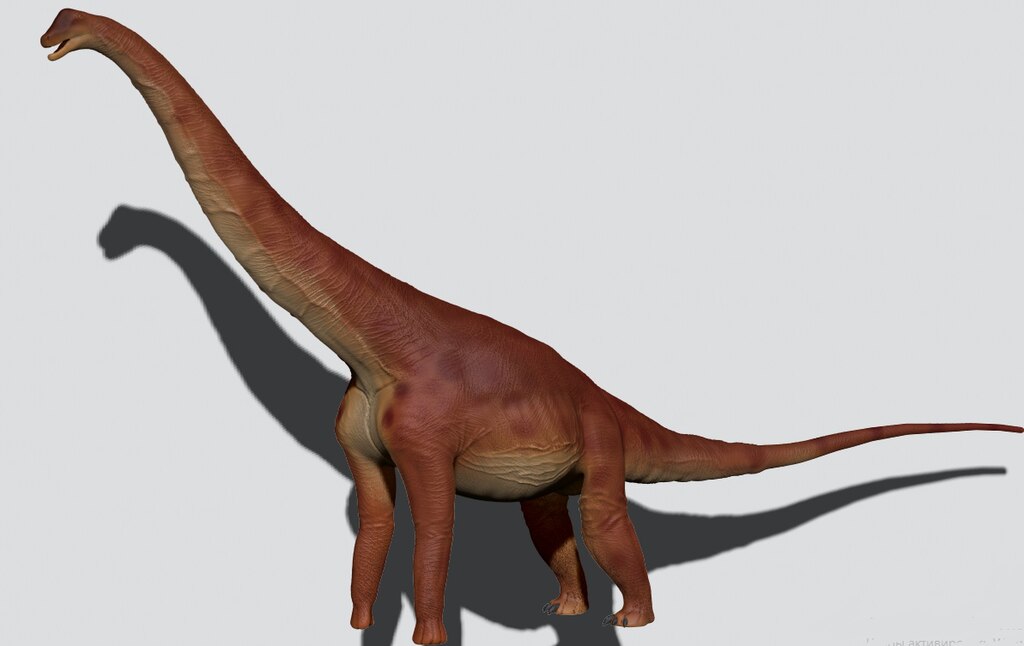
The story of Alamosaurus represents a fascinating chapter in Earth’s history that connects modern Texas to an ancient world dominated by giants. As North America’s last great sauropod, this titanosaur holds special significance in understanding the final phase of dinosaur evolution before the catastrophic extinction event that closed the Mesozoic Era. From its massive size and specialized adaptations to its ecological relationships and reproductive strategies, Alamosaurus exemplifies the remarkable evolutionary success of sauropod dinosaurs. The ongoing discovery and study of Alamosaurus fossils in Texas continue to enhance our understanding of these magnificent creatures, providing a tangible connection to the prehistoric landscapes of the Lone Star State. As both a scientific treasure and a cultural icon, Alamosaurus truly stands as Texas’s impressive answer to the titanosaurs of the southern continents – a testament to the global reach and diversity of these most massive of land animals.

